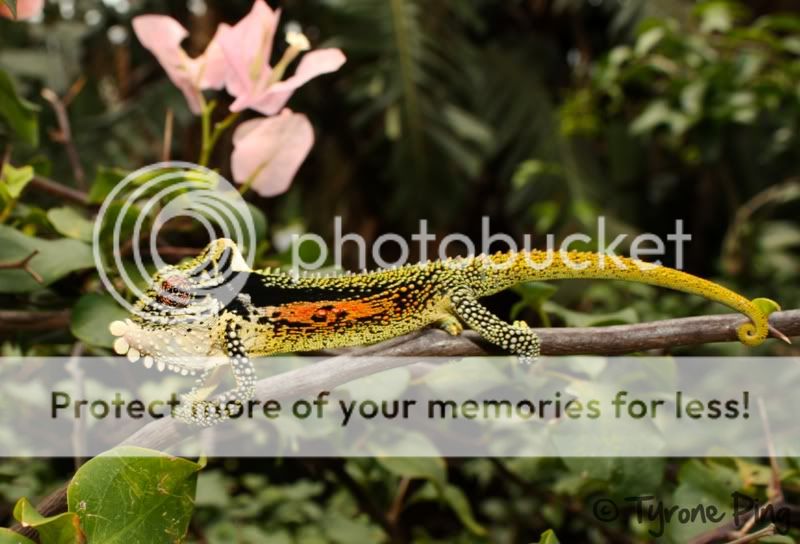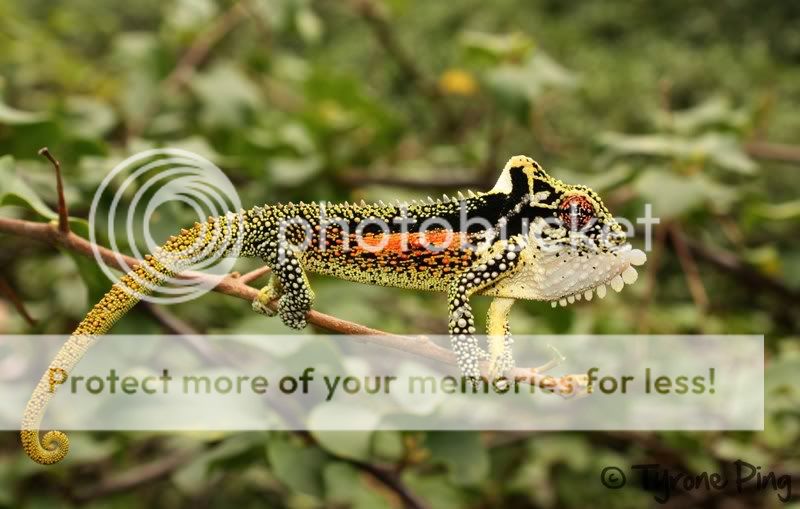melanocephalum
Avid Member
There is some interesting stuff happening in these pictures, below are what is said to be "variations" of Bradypodion thamnobates from the Howick area 30km's away from the terra tyical distribution of the species.
The Specimens from Howick Kwa Zulu Natal are much smaller , with reduced gular crests and smaller casque's also lacking the vibrant colours.
The Howick individuals seem to have some Bradypodion melanocephalum - http://farm3.static.flickr.com/2696/4239234189_19ed56a336_b.jpg characteristics on them.
My feelings are indeed this is yet another species which needs work or al the very least a sub species elevation.
At the moment all the chameleons pictured below are the same species.
Female Howick - Typical

Male Howick - Typical

This is a Male from Nottingham Road some 30km's away inland
Juvenile From Nottingham Road Temperature were averaging between 8 -12 Degrees Celsius.

Male Nottingham Road.

Typical Nottingham Road Male. Pretty Specimen.


The Specimens from Howick Kwa Zulu Natal are much smaller , with reduced gular crests and smaller casque's also lacking the vibrant colours.
The Howick individuals seem to have some Bradypodion melanocephalum - http://farm3.static.flickr.com/2696/4239234189_19ed56a336_b.jpg characteristics on them.
My feelings are indeed this is yet another species which needs work or al the very least a sub species elevation.
At the moment all the chameleons pictured below are the same species.
Female Howick - Typical
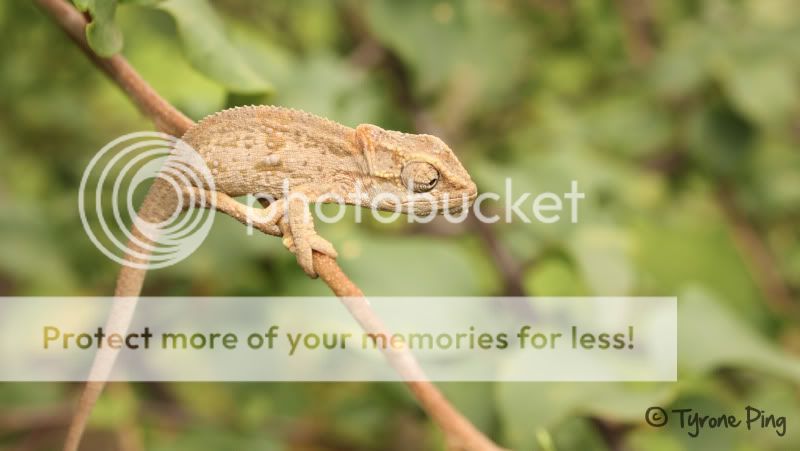
Male Howick - Typical
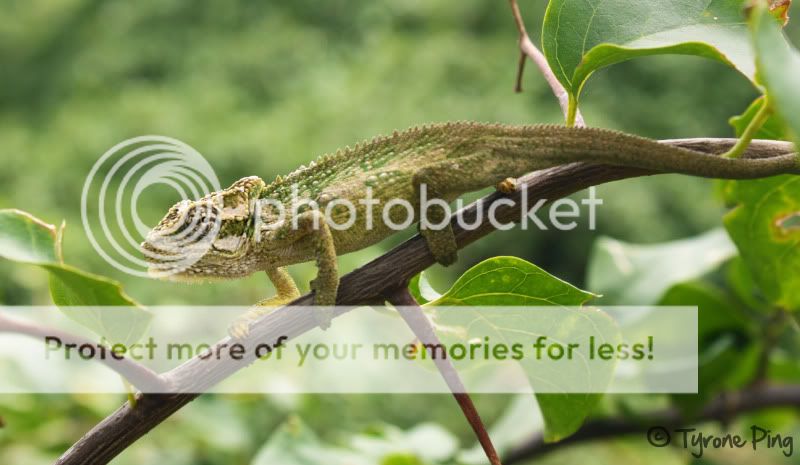
This is a Male from Nottingham Road some 30km's away inland
Juvenile From Nottingham Road Temperature were averaging between 8 -12 Degrees Celsius.
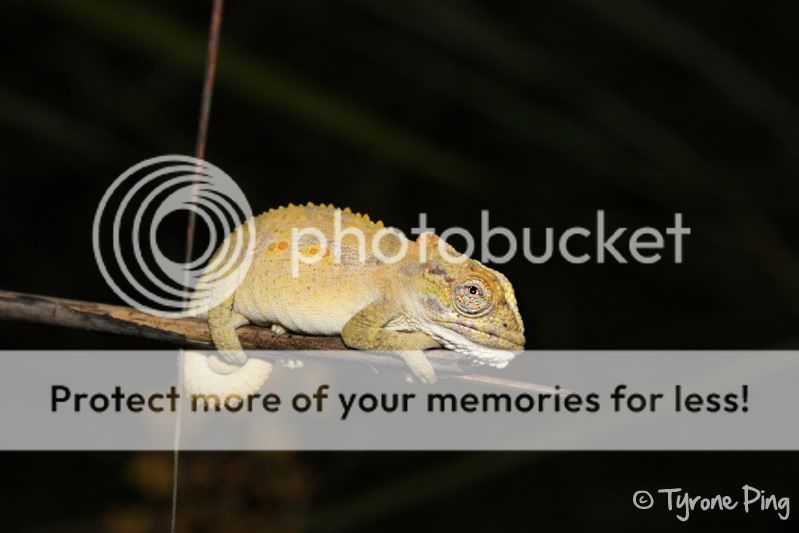
Male Nottingham Road.
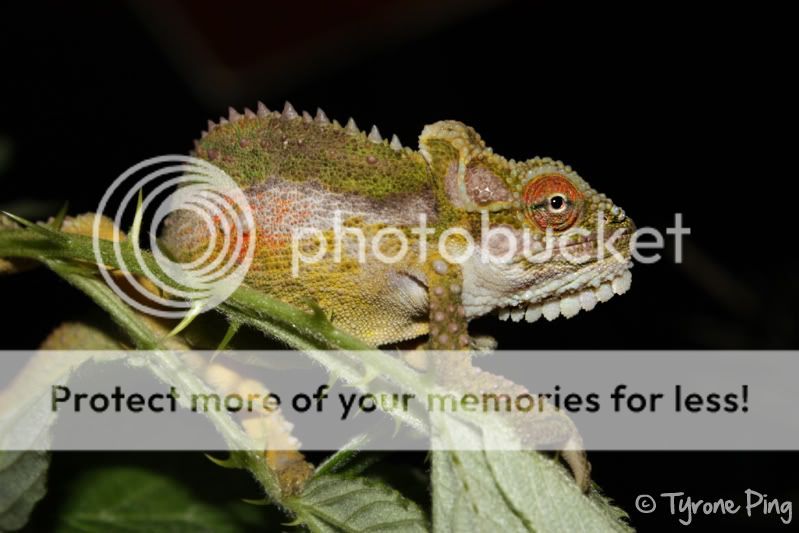
Typical Nottingham Road Male. Pretty Specimen.
